Port of Aberdeen boss Bob Sanguinetti is confident new plans to boost the harbour’s green credentials will help the Granite City become net-zero capital of the world.
The port is nearing the end of one massive transformation, its £400 million expansion into Nigg Bay.
It is now plotting the best path for another as it pursues ambitious net-zero ambitions.
Mr Sangunietti, who took the help as chief executive in 2021, is today announcing a £55 million investment in making Aberdeen’s historic harbour the UK’s first net-zero port by 2040.
Greener harbour, greener ships
The cash will be spent on a raft of environment-friendly measures over the next 10 years.
These will beef up the port’s own carbon emissions-reducing credentials, while also seeking to encourage the owners and operators of visiting ships to become greener.
The 2040 goal is a core part of a new net-zero strategy focused on “collaborating with stakeholders across the private and public sectors to reduce emissions in the port, facilitate future low carbon fuels and support the energy transition”.
According to Mr Sanguinetti, the target is achievable – but only if key partners get fully behind the push to make it happen.
The CEO said: “Our vision is to become Scotland’s premier net-zero port, offering world-class facilities and services, at the heart of the nation’s energy transition. We must be bold and ambitious to achieve this.
“Today we launch our net-zero strategy with the aim of becoming the UK’s first net-zero port by 2040.
“Port of Aberdeen can play a pivotal role in the emergence of green economic growth in the wider maritime industry and support new, high-quality jobs.
Emissions-busting mission
He added: “We’ll do whatever we can to reduce carbon emissions, going further than other UK ports.”
“We want to help make Aberdeen not just the net-zero capital of Europe but the world. But we can’t do it alone.
“Strong partnerships and investment across the public and private sectors are essential to deliver this transformational change, which will deliver significant benefits for the environment, local communities and wider maritime sector.”
We’ll do whatever we can to reduce carbon emissions, going further than other UK ports.”
Bob Sanguinetti, chief executive, Port of Aberdeen
Welcoming the investment, Net Zero and Just Transition Secretary Mairi McAllan said: “An efficient and effective offshore energy sector is crucial for a robust economy.
“Work to decarbonise the maritime sector will take account of the critical importance of this sector in our supply infrastructure.
“I wish Port of Aberdeen every success as they aim for their ambitious target of reaching net-zero by 2040.”
Massive investment in infrastructure
The new investment comes after the port has poured more than £500m into infrastructure improvements, including its South Harbour expansion, in recent years.
Its new facilities are expected to unlock growth opportunities in the energy transition, including offshore wind, hydrogen, and decommissioning.
Emissions-busting initiatives to date include the roll-out of electric vehicles and installation of LED lighting.
Awash with history: Pictures of Aberdeen Harbour dating back to 1945
High-tech power systems are being introduced on the quayside to handle greener fuels of the future.
Many other projects are under way or planned, such as the trial of hydrotreated vegetable oil for port-owned vessels and equipment.
Bosses are also exploring the feasibility of onsite energy generation for the port estate.
🧵 (1/4) @ScotGovFM Humza Yousaf and Just Transition Secretary @MairiMcAllan today visited our South Harbour expansion to hear first hand how we are supporting Scotland's Just Transition and creating new opportunities in energy, trade, decarbonisation, and tourism. pic.twitter.com/DeJsgMW0EH
— Port of Aberdeen (@PortofAberdeen) April 4, 2023
To track its progress towards net-zero, the harbour will measure emissions against a 2019 baseline, with about 55,000 tons of CO2 equivalent emitted across all “scope” categories. A vast majority of emissions (97%) were attributed to 9,500 vessel arrivals.
The port will also measure performance against a carbon intensity metric based on gross vessel tonnage, once the new South Harbour development has been fully operational for 12 months.
Port of Aberdeen is the UK’s oldest existing business. It was established as a commercial enterprise in 1136 by King David I of Scotland.
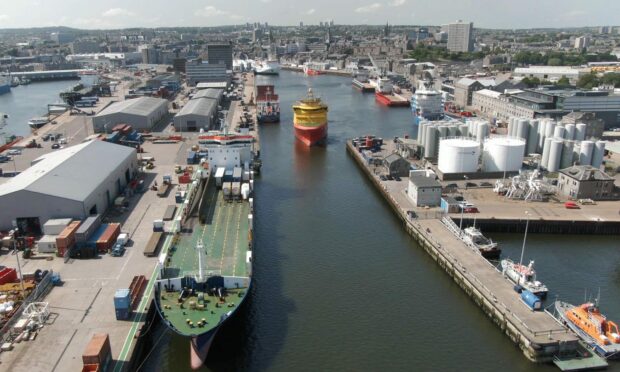
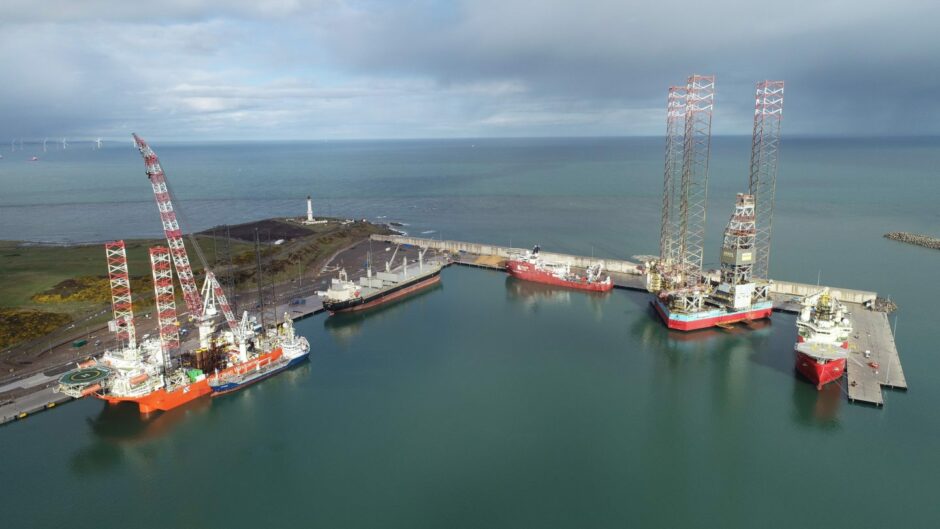
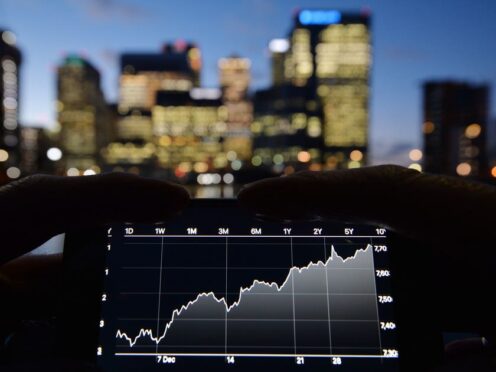
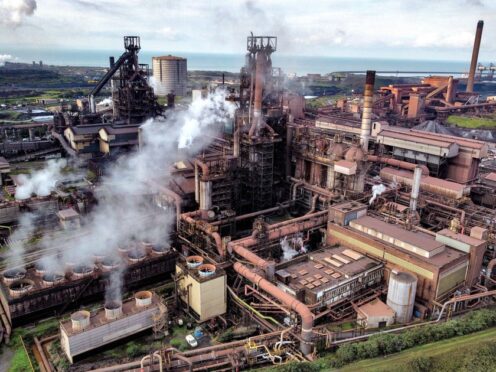
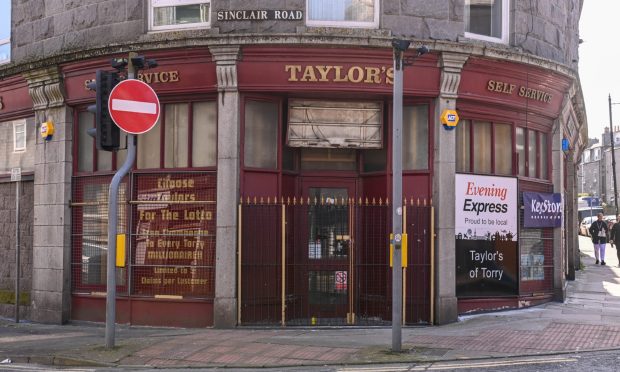
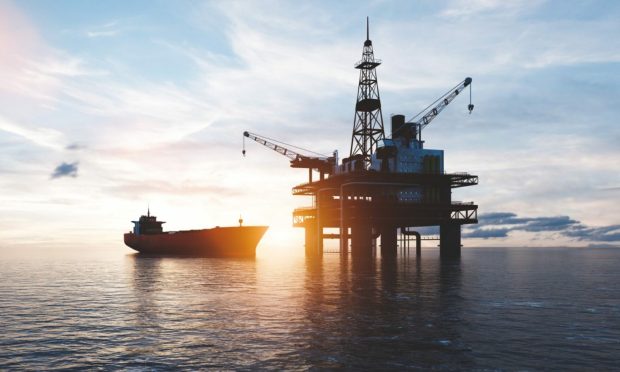
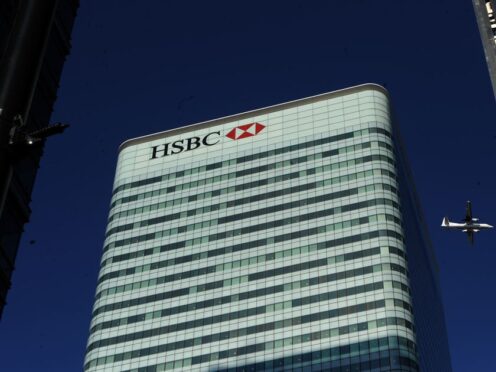
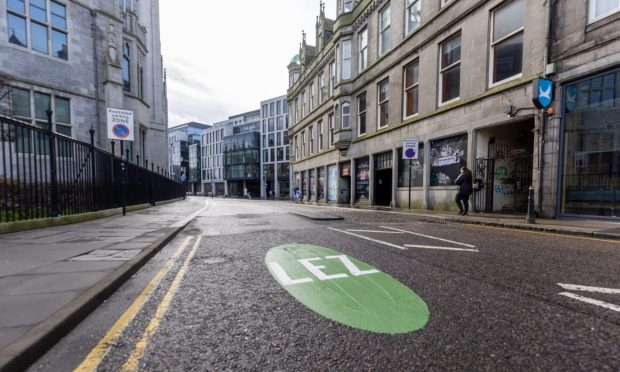
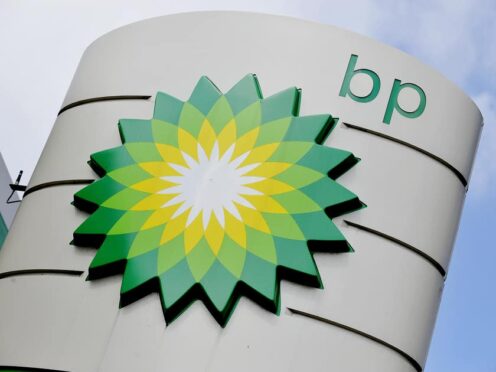

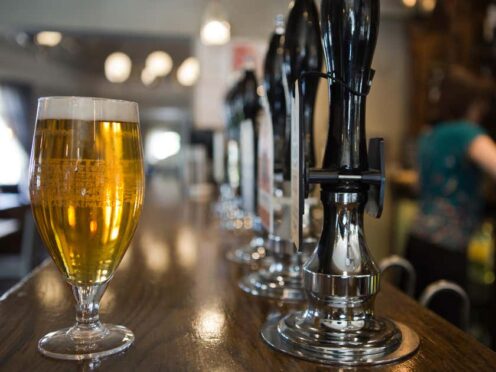

Conversation